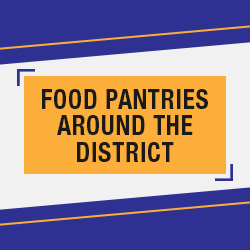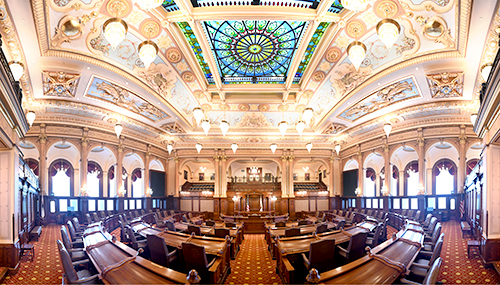 VILLA PARK – State Senator Tom Cullerton (D- Villa Park) is announcing that school districts in the 23rd District will receive about $285 million in additional funding to help address the many challenges presented by the COVID-19 pandemic.
VILLA PARK – State Senator Tom Cullerton (D- Villa Park) is announcing that school districts in the 23rd District will receive about $285 million in additional funding to help address the many challenges presented by the COVID-19 pandemic.
“With the end of the pandemic in sight, it’s important that districts use these funds to move their schools forward and help uplift students who may have fallen behind,” Cullerton said. “This past year has been hard for students, teachers and parents, but the additional funding to help with the full transition back to the classroom shows them there is a light at the end of the tunnel.”
The funding comes as part of the most recent federal COVID-19 relief packages. Schools, students and parents have overcome challenges that no one could have imagined before the pandemic began, including remote and hybrid learning, digital connection issues, new processes for receiving state and federal aid that normally flow through schools, and more.
Local school districts are set to receive the following amounts:
- Addison School District 4 - $8,584,972
- Bloomingdale School District 13 - $899,513
- Community Unit District 300 - $29,746,705
- Community Consolidated School District 93 - $4,501,233
- DuPage High School District 88 - $5,501,213
- Elmhurst School District 205 - $3,102,819
- Fenton Community High School District 100 - $2,367,440
- Itasca School District 10 - $613,740
- Glenbard Township High School District 87 - $9,065,618
- Lake Park Consolidated High School District 108 - $2,333,579
- Lombard School District 44 - $3,560,759
- Marquardt School District 15 - $9,973,316
- Medinah School District 11 - $801,717
- Queen Bee School District 16 - $3,548,467
- Roselle School District 12 - $502,988
- Salt Creek School District 48 - $769,368
- School District 45 DuPage County - $6,489,459
- School District U-46 - $95,027,296
- Wood Dale SD 7 - $2,058,532
The majority of the funding comes from the American Rescue Plan, which gives local schools a great deal of flexibility in how they can use the money over the next 3 ½ years. At least 20% of the funding must be used to address learning loss, but beyond that, school districts can use the money to address many different issues and costs. For example, it can be used to better equip schools for safe learning, to prevent layoffs, to address students’ social and emotional needs, to fund summer programs, or to ensure all students have access to reliable Wi-Fi and technology.
The State Board of Education, in collaboration with other state agencies that address education, has produced a guide for local school districts to help them decide how to best use their resources. While the guide and other state-sponsored services are completely voluntary, the state aims to support local districts during this difficult time.
“This funding will provide much-needed relief to local teachers and students who have worked so hard to adjust this past year,” Cullerton said. “I hope schools take advantage of the guide from ISBE to help them navigate how to get back on their feet.”
In total, Illinois received nearly $7 billion to support local school districts.













 © 2025 Illinois Senate Democratic Caucus
© 2025 Illinois Senate Democratic Caucus